Advantages of Wound Dressing

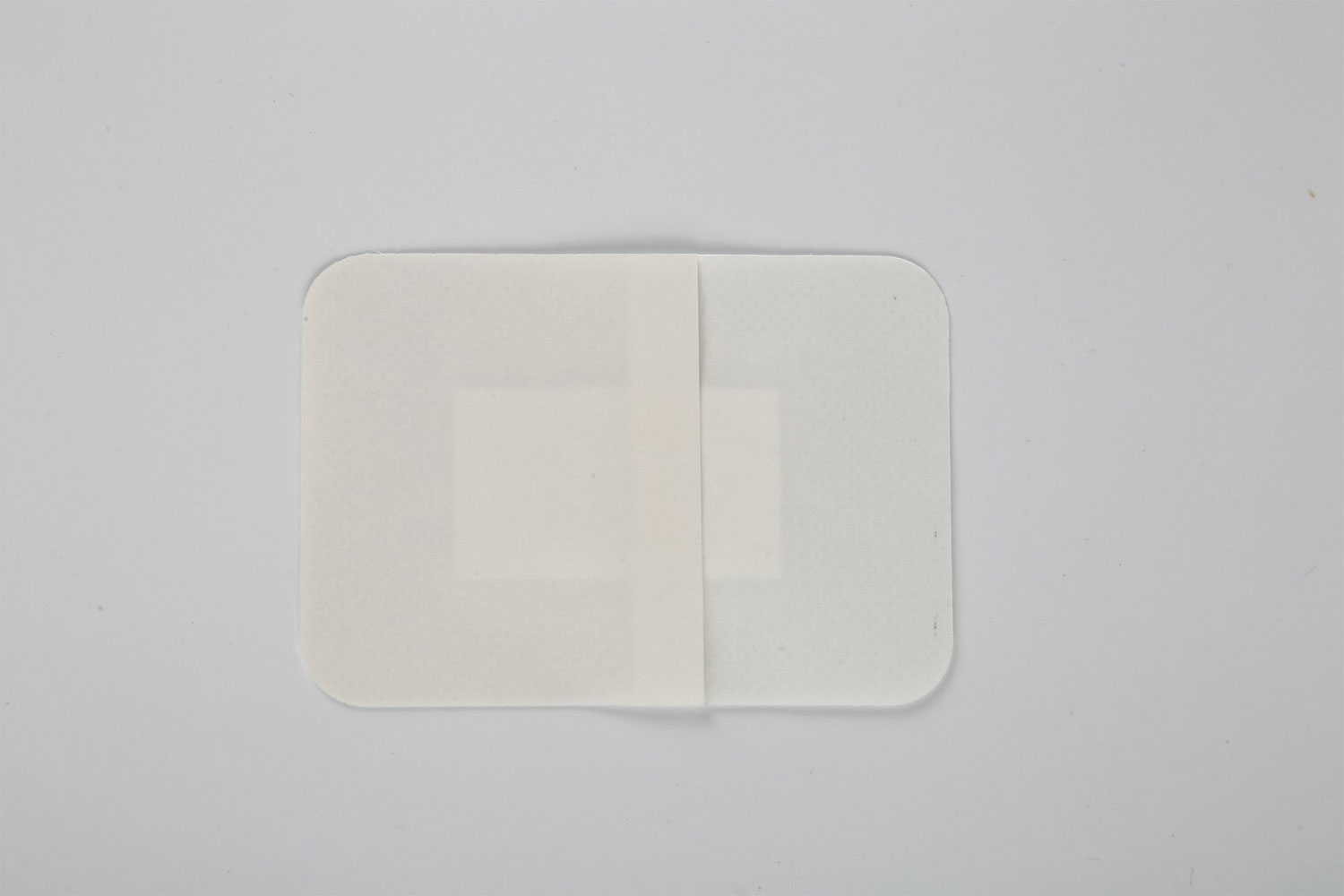
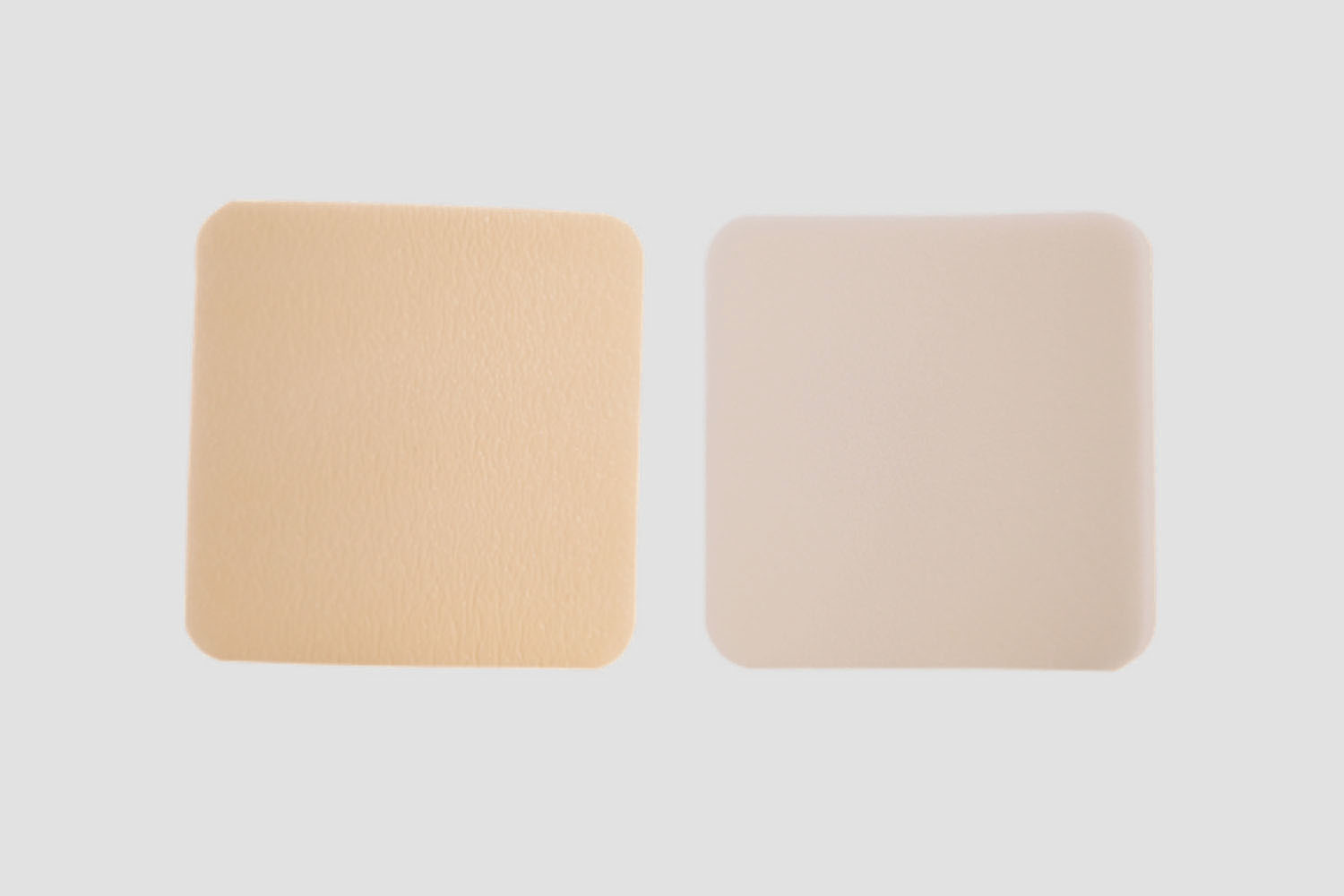
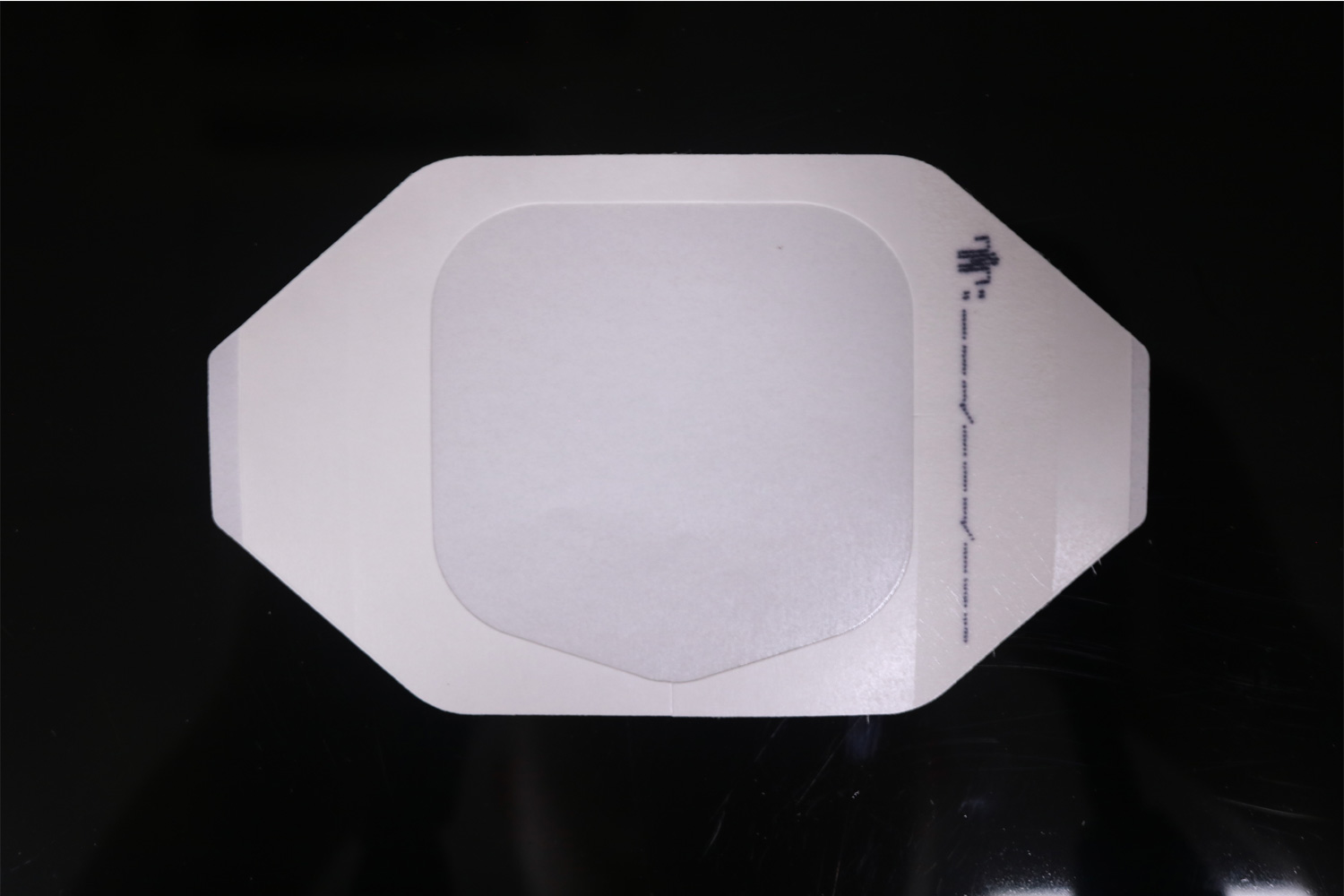
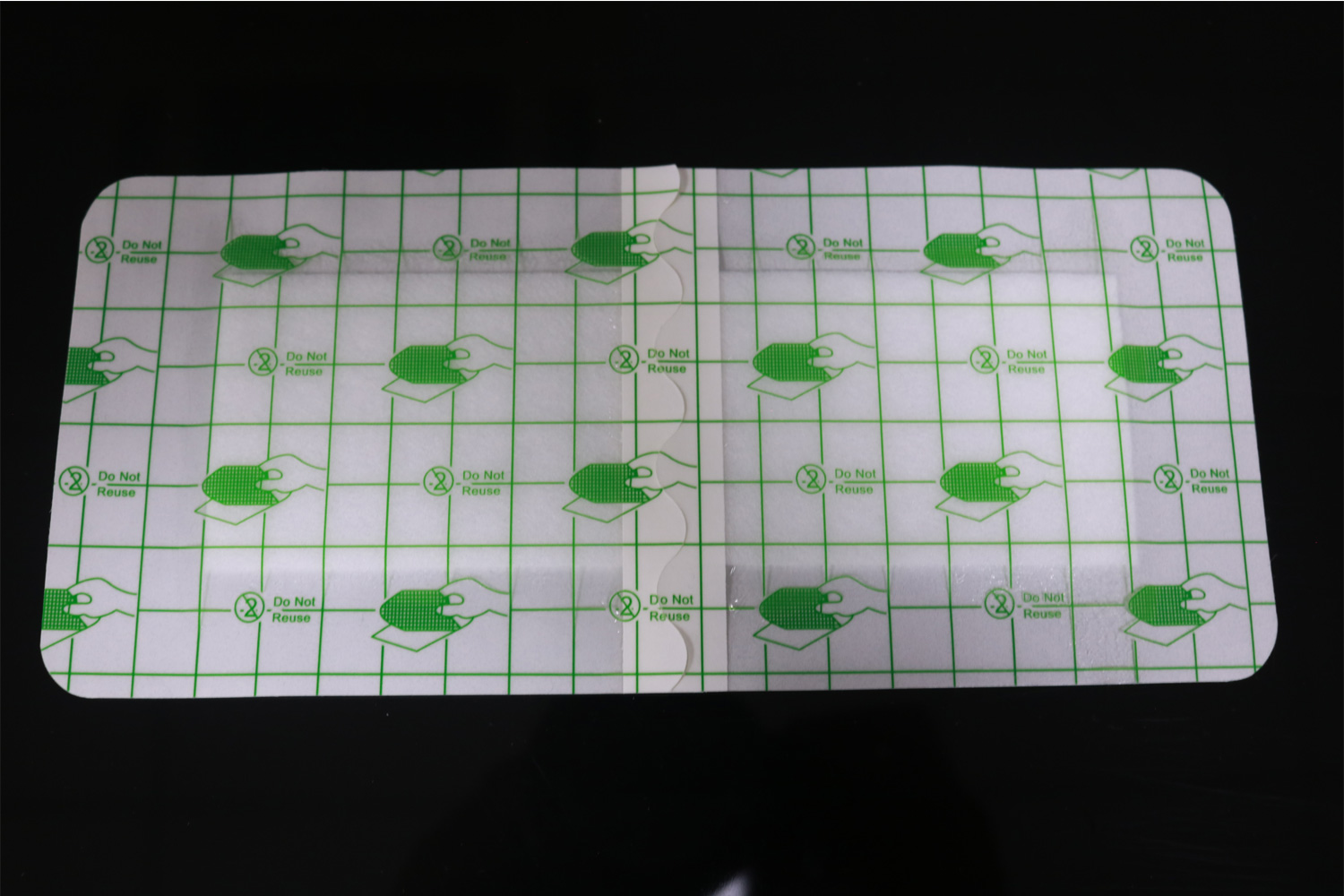
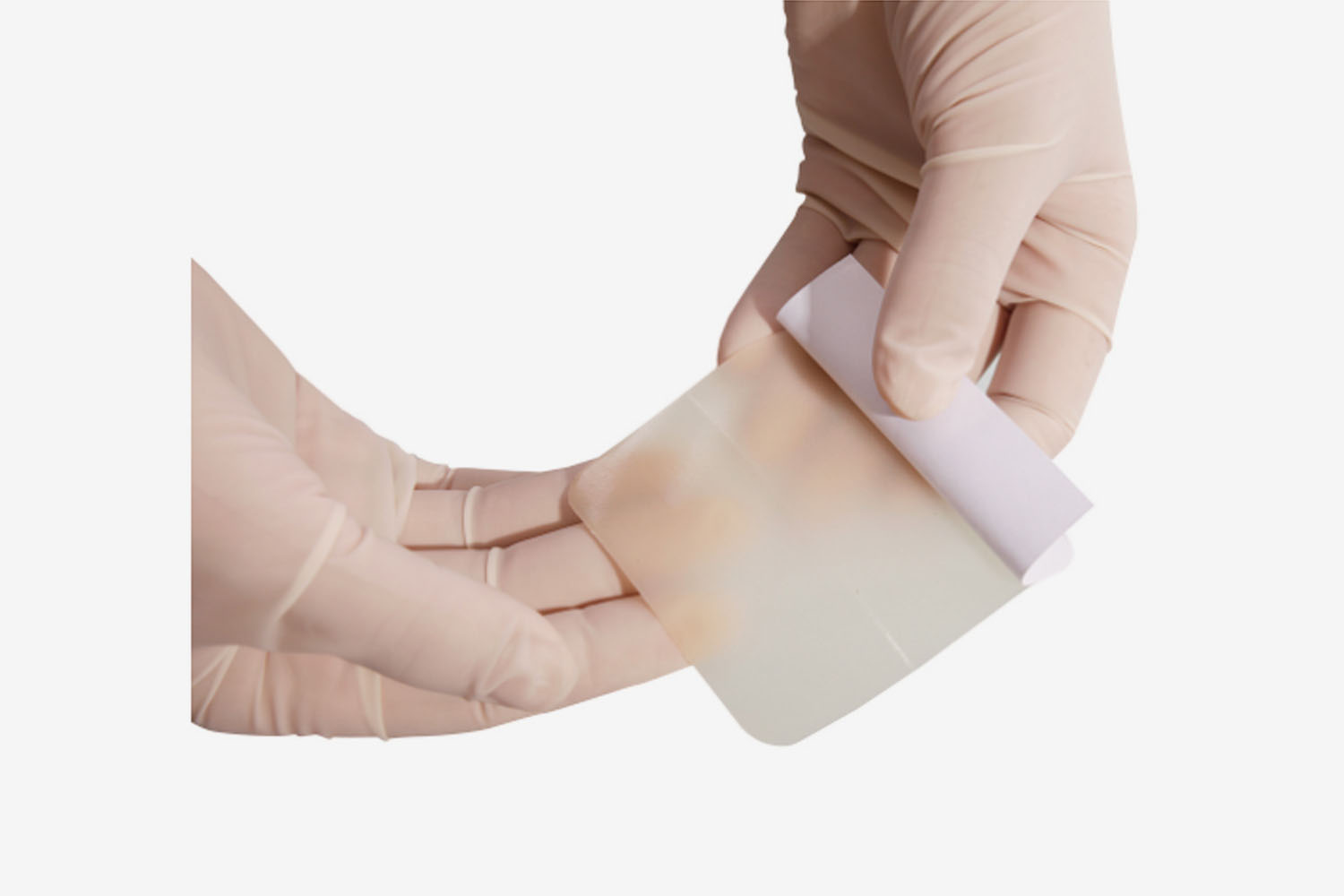
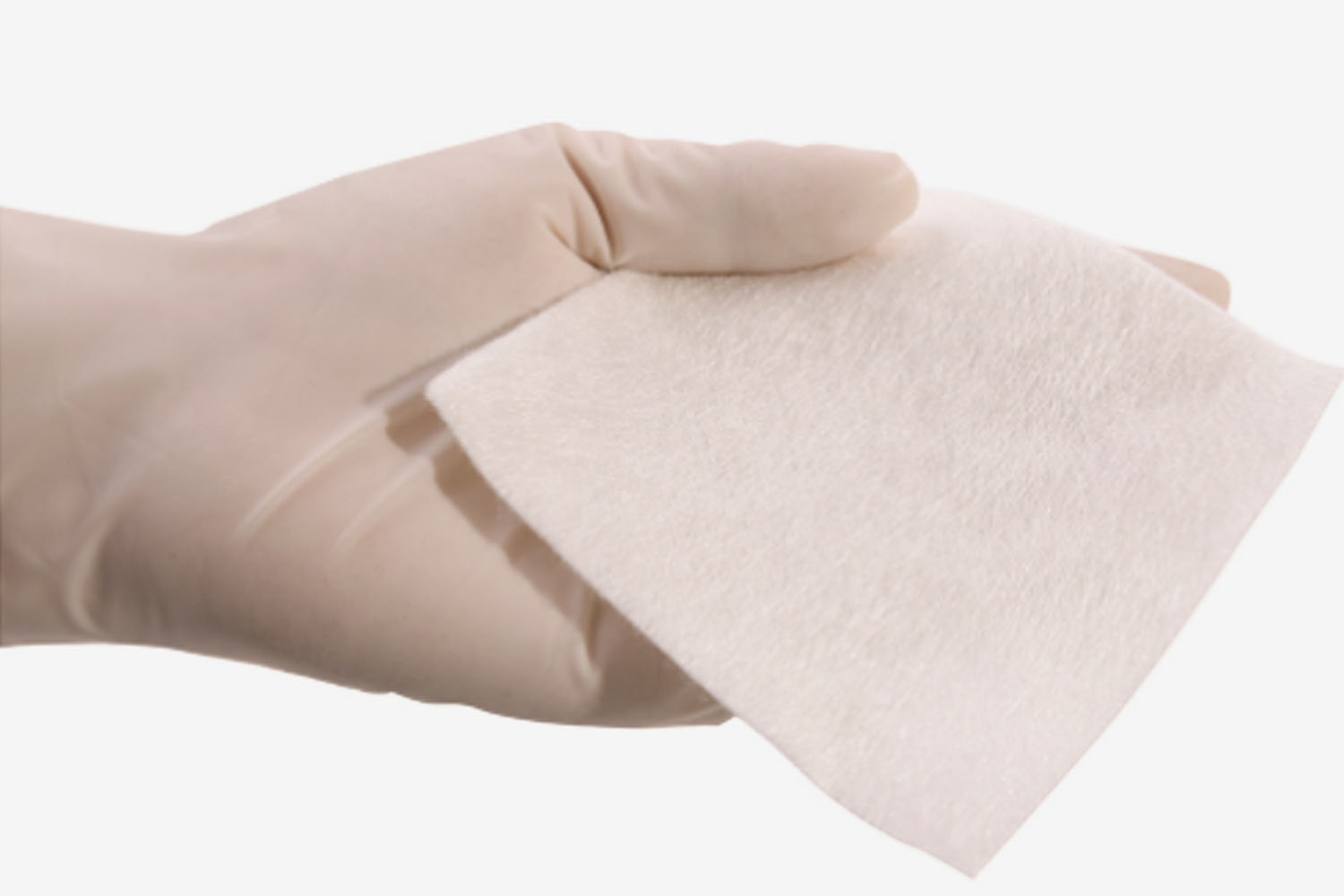
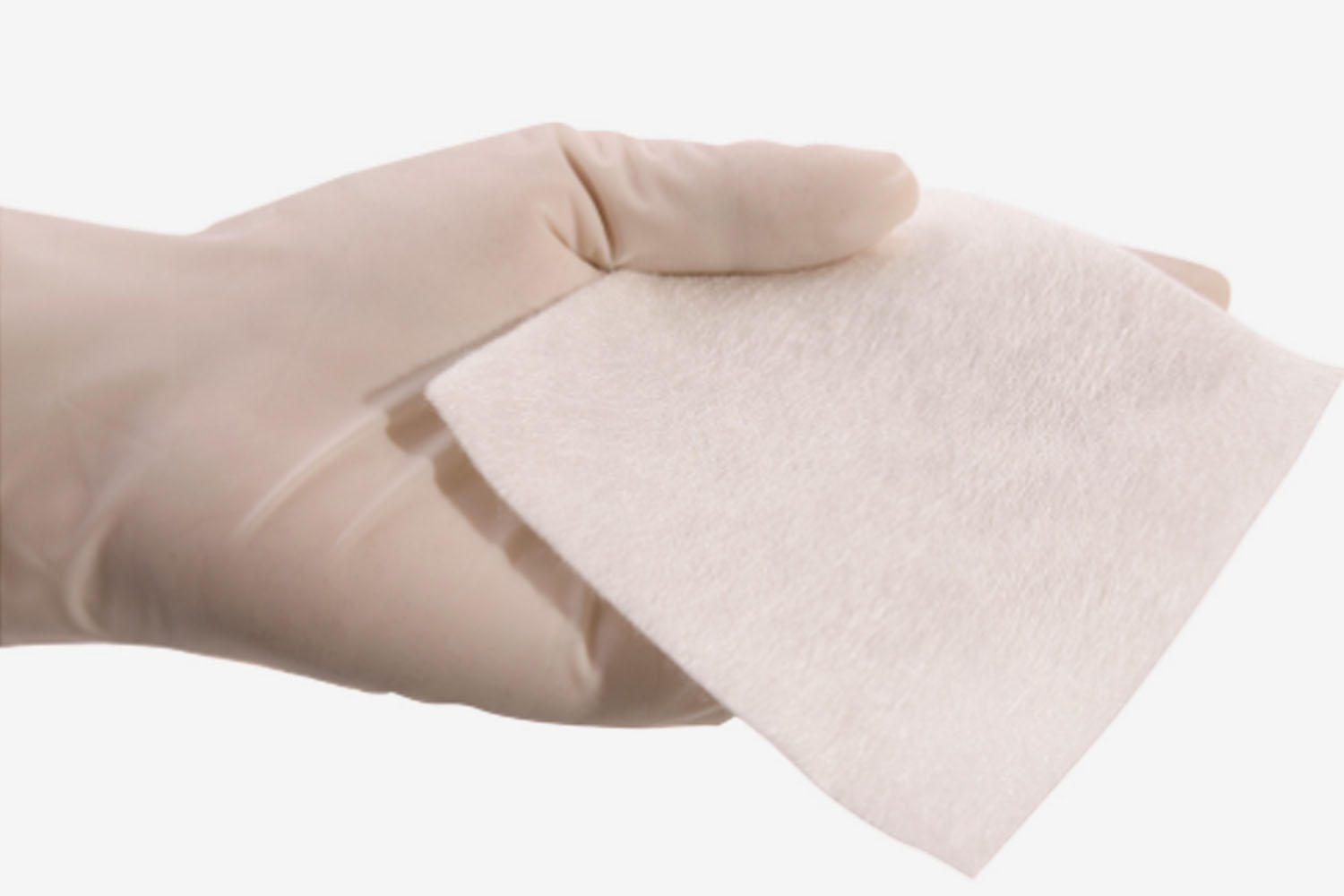
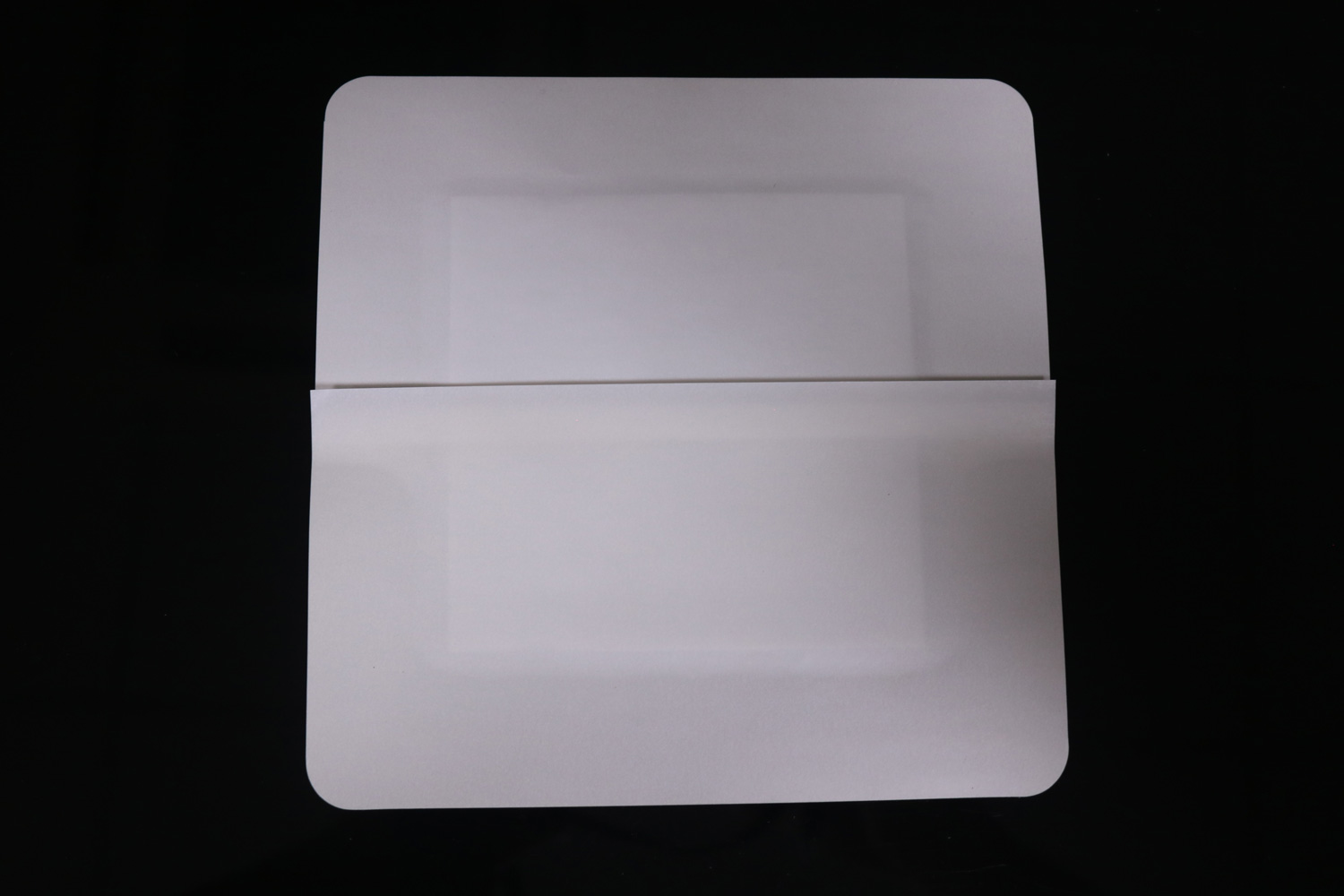
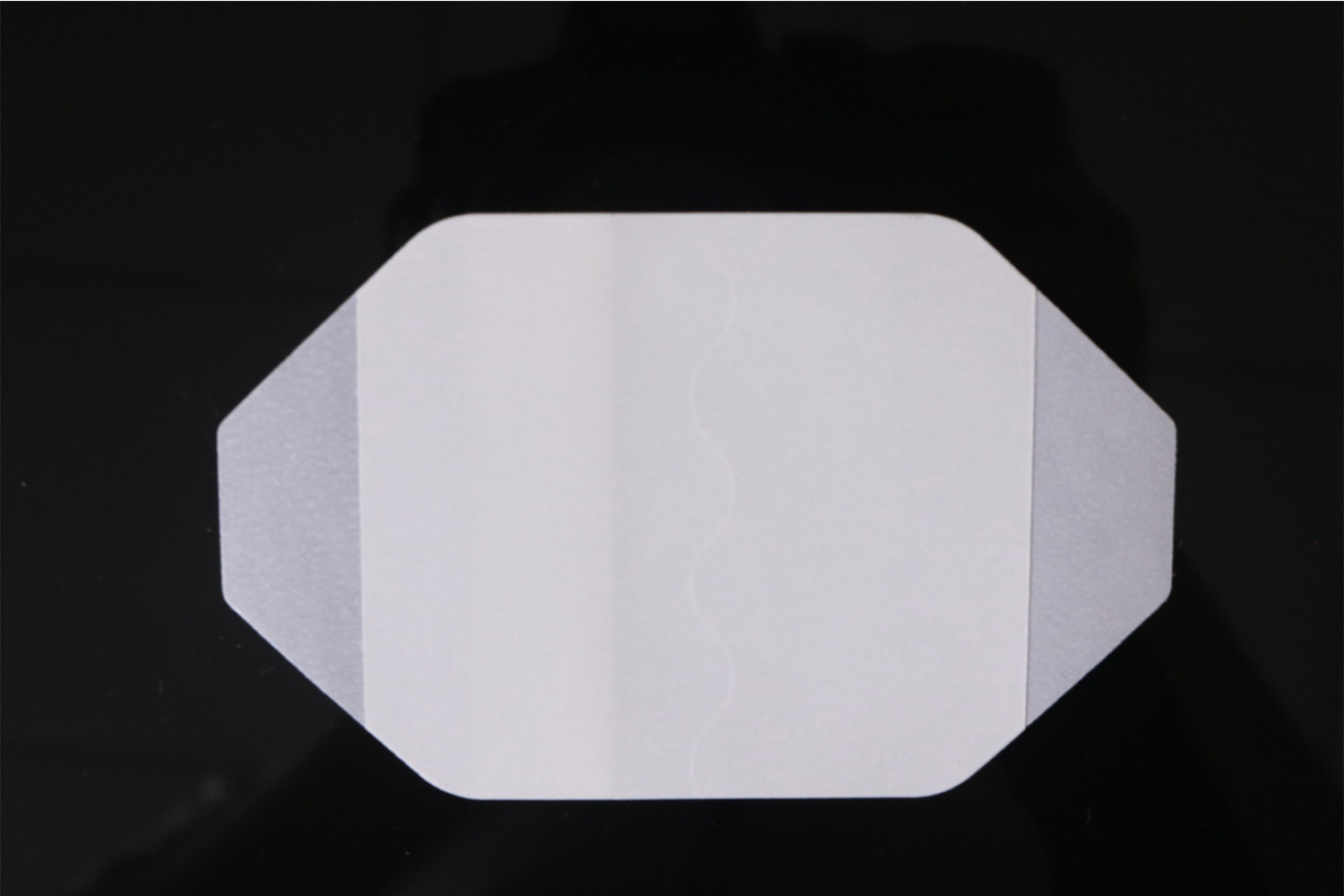
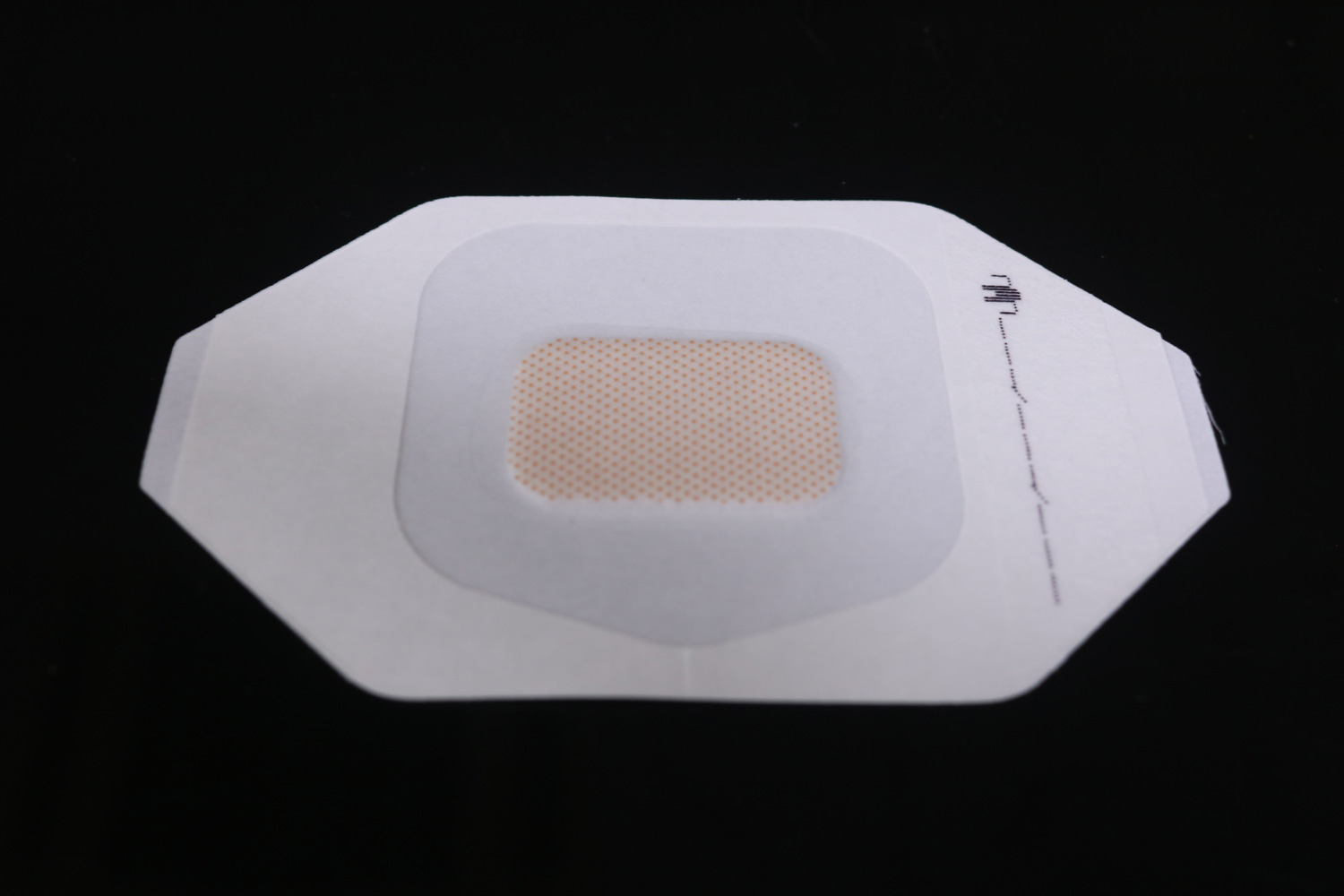
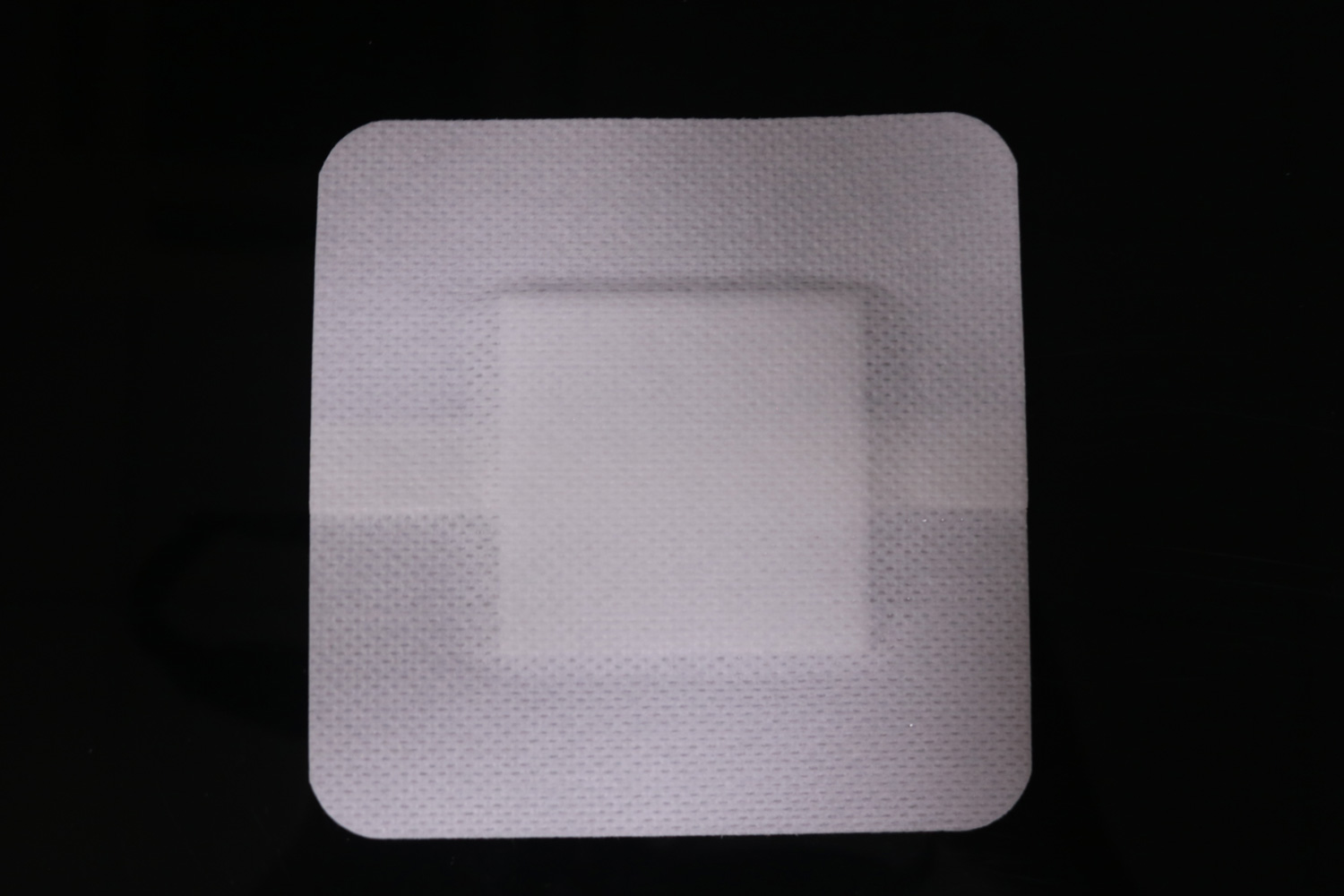
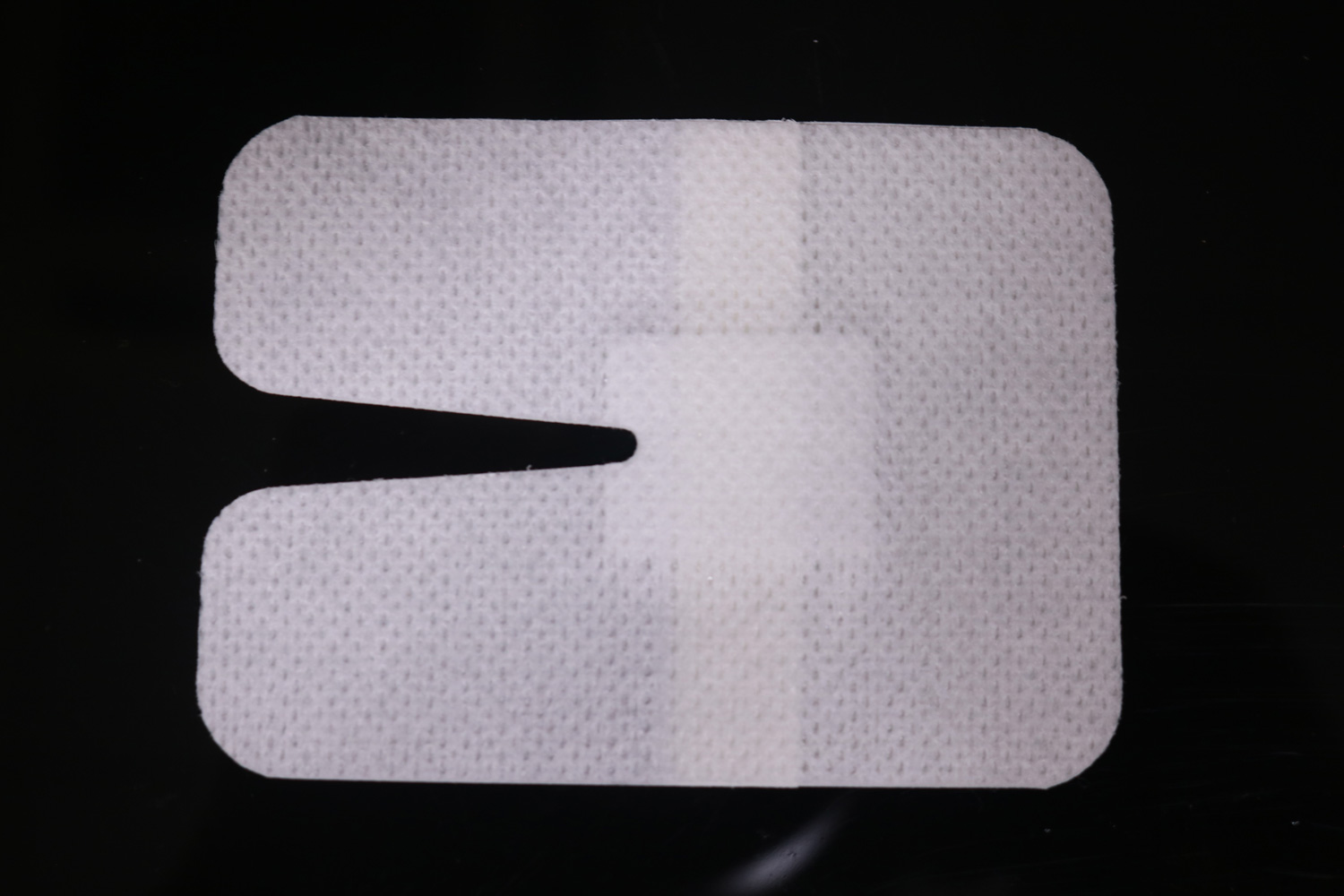
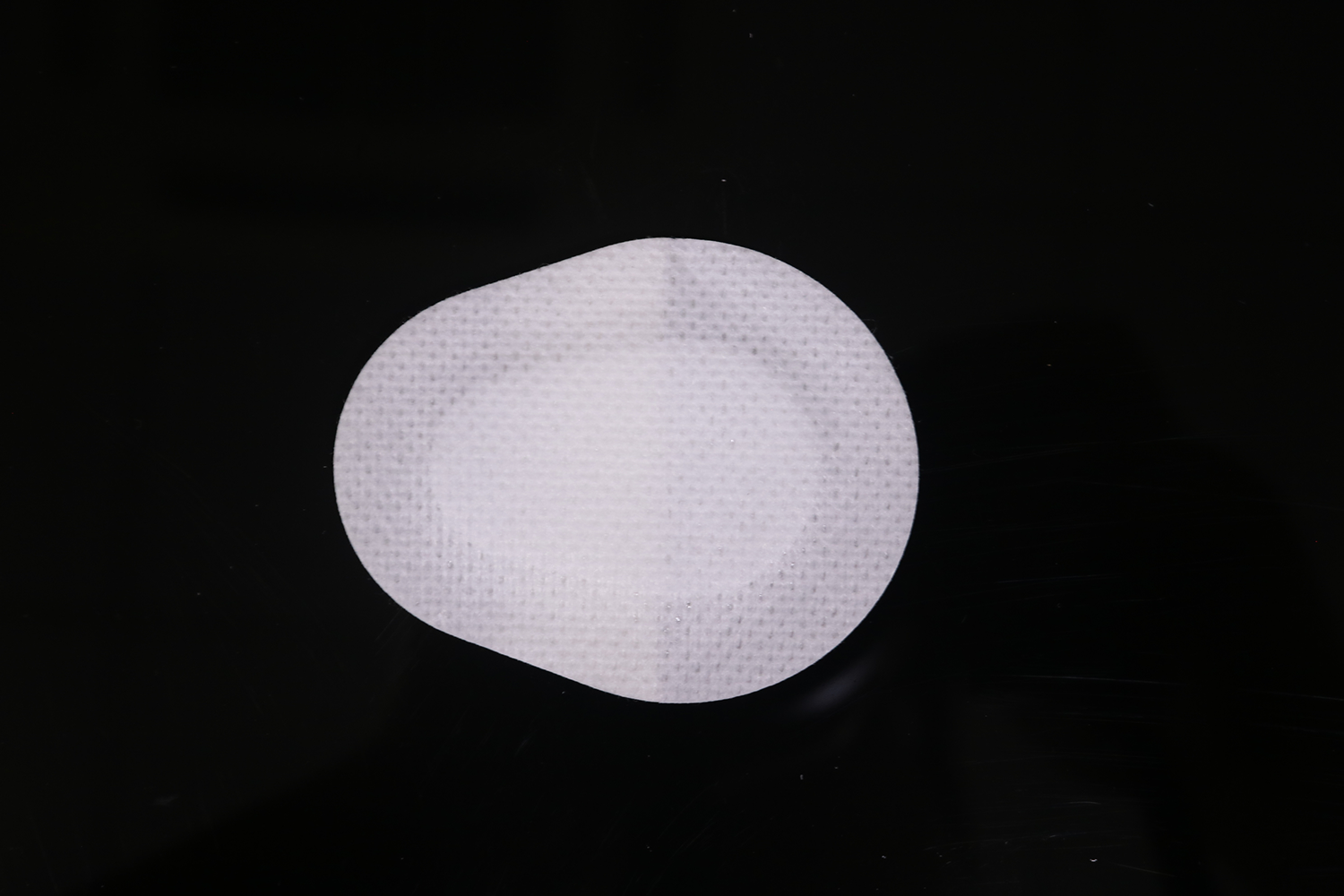
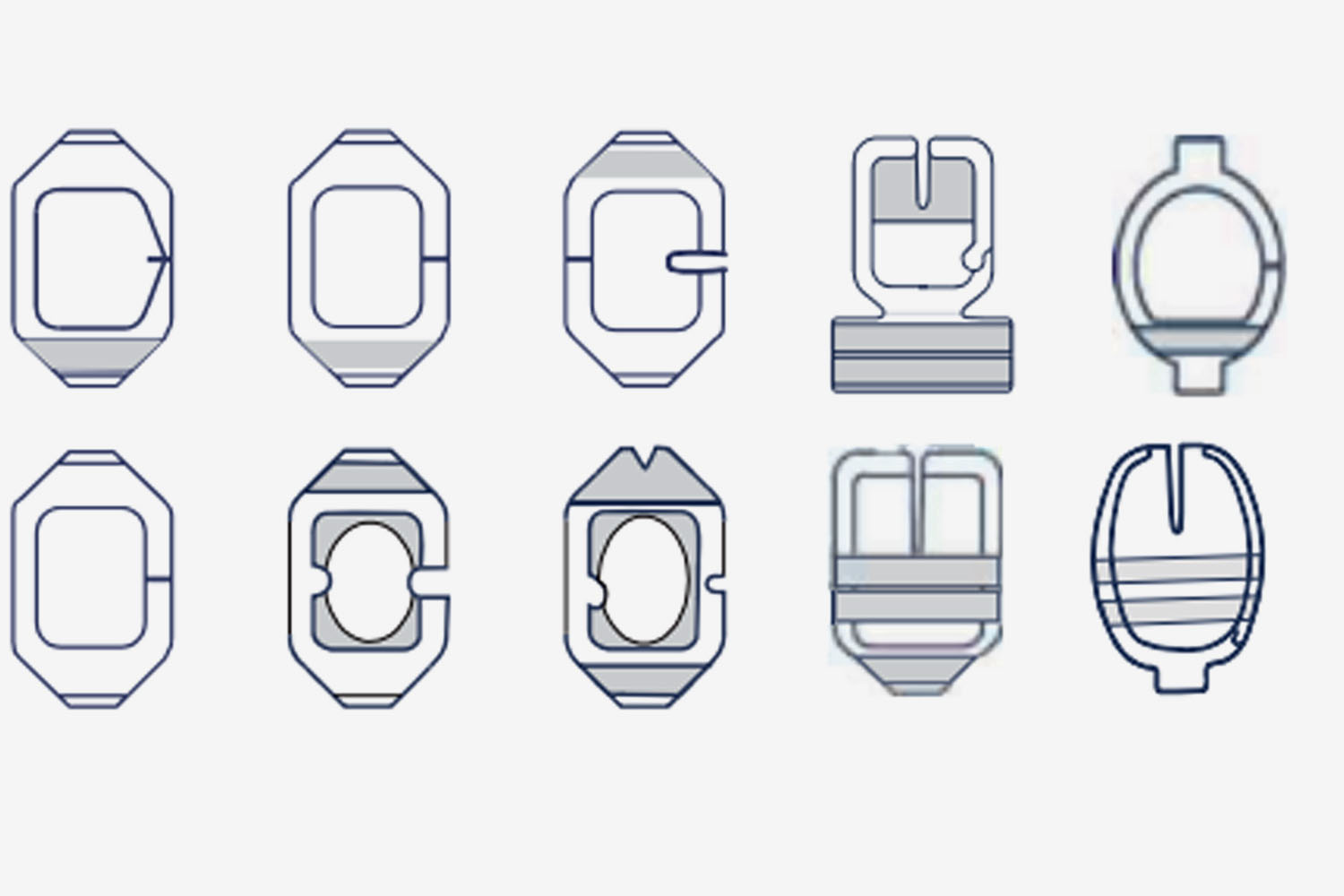
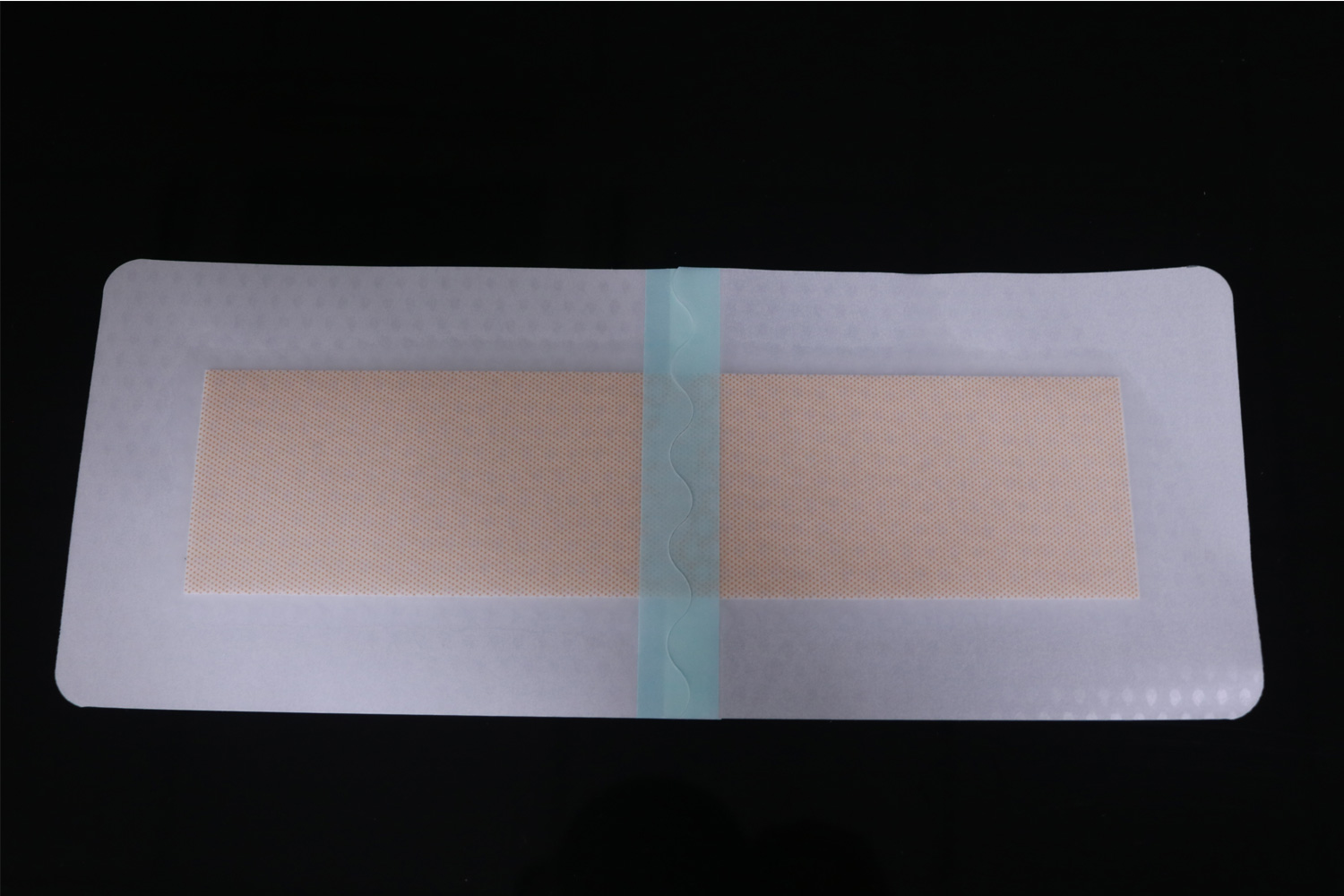
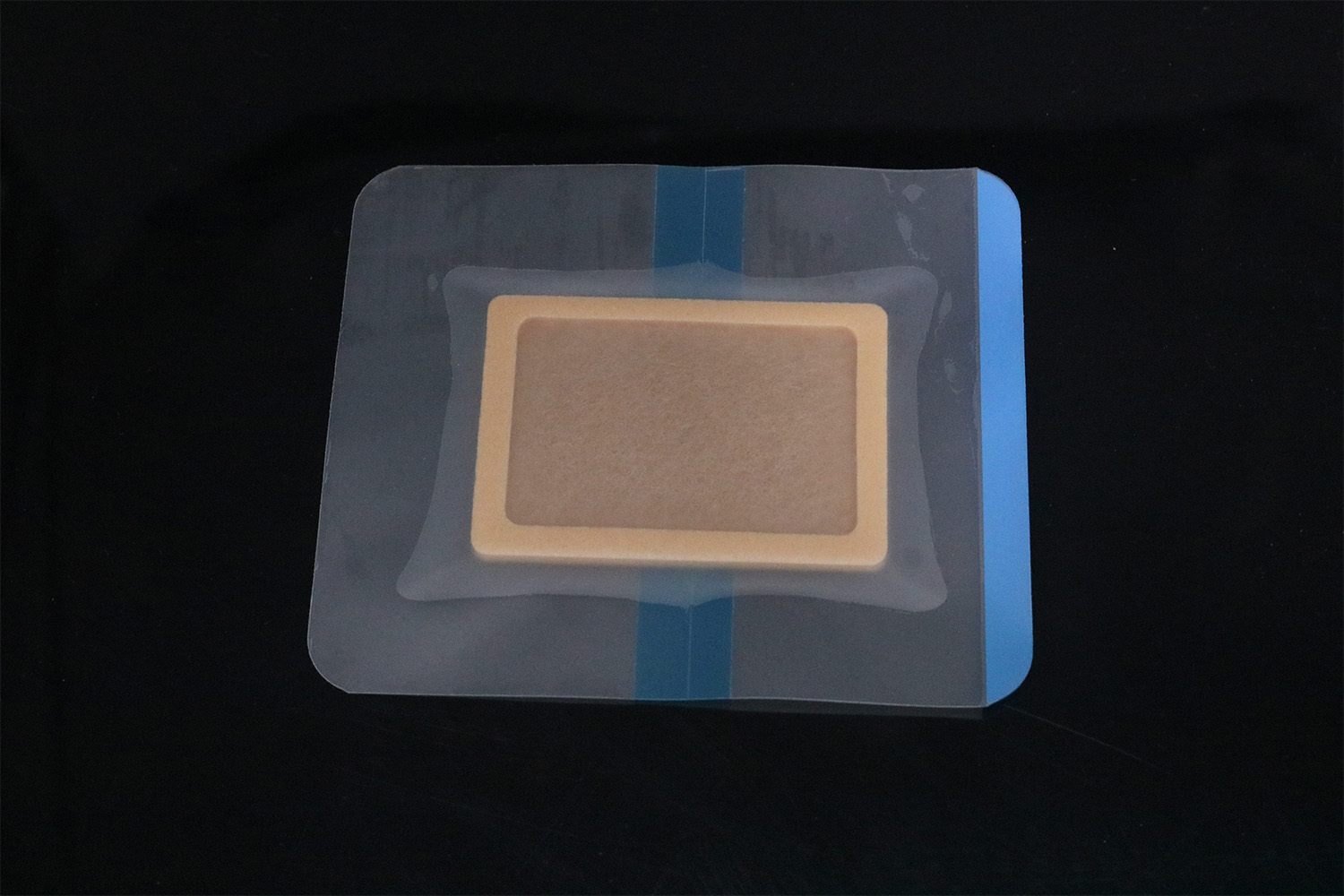
Understand the patient's skin and systemic situation and choose appropriate wound dressing.
When removing the dressing, gently press the skin with one hand and slowly tear the tape in the horizontal direction of 180° with the other hand to avoid physical damage.
When the dressing is stuck with hair, remove it in the direction of hair growth.
First tear off the dressing on both sides of the dressing, and then remove the dressing completely to avoid physical skin injury caused by one side removing the tape forcibly.
When the dressing is stuck to the skin, do not forcibly remove it. If the patient's condition allows, the adhesive can be soaked with disinfectant or normal saline or water to make it easy to fall off and then removed; Or use special dissolve viscose liquid wipe viscose (such as stripping agent).
If the dressing is too tight with the skin, alcohol or emulsion can be applied to the tape backing to reduce its viscosity.
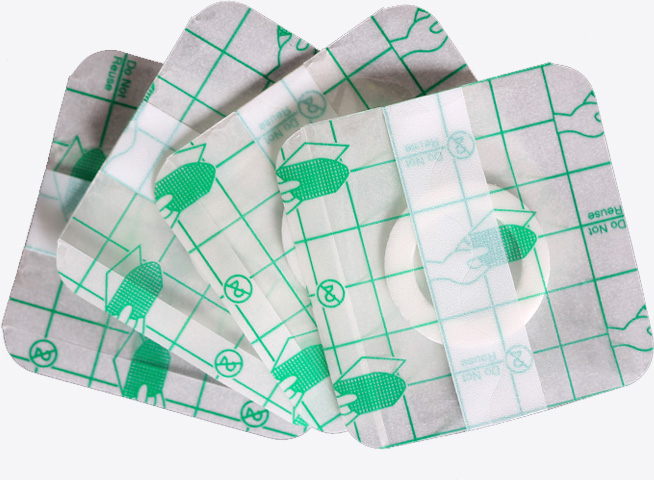
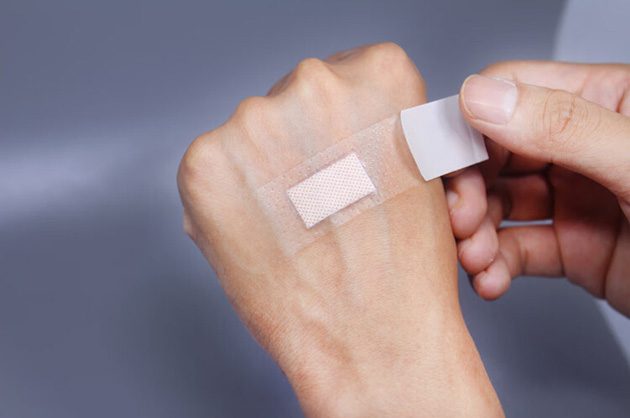
Aseptic application is similar to "band-aid" a medical product, commonly used consumables. Used for debridement and dressing of different wounds, which is conducive to wound healing.
According to different purposes of use, wound dressings consist of a range of sorts, for example, polyurethane foam dressings, foam silicone dressing, hydrocolloid pads and silver surgical dressings.
It can be used in medical nursing, family self-rescue nursing, outdoor sports, field first aid, sports, postoperative nursing and various sports injuries. It has a great auxiliary therapeutic effect on limbs sprain, soft tissue rub, joint swelling and pain, and can achieve a certain rehabilitation effect on swelling control after removal of bone injury plaster
A wound dressing is a material used to cover a sore, wound, or other injury, which is a little different from surgical tapes types. The types of wound dressings are 1. Passive dressings (traditional dressings) passively cover the wound and absorb exudate, providing limited protection. 2. Interactive dressing. There are various forms of interaction between dressing and wound surface, such as absorbing exudate and toxic substances, allowing gas exchange, thus creating an ideal environment for healing;Barrier outer structure, prevent microbial invasion in the environment, prevent wound cross infection, etc. 3. Bioactive dressing (airtight dressing).
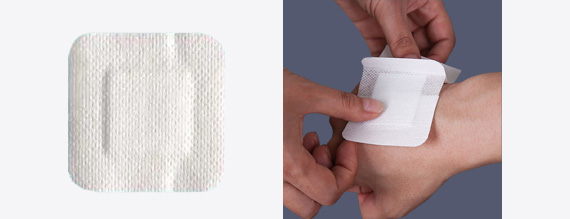

It is recommended not to wear a kinesiology tape for more than 5 days. The length of time it stays depends on where the tape is applied. When the tape is applied to a knee or foot which is naturally a harsh environment for tape, it will generally last on for 2-3 days.
Yes the Kinesiology tape is water resistant. You can shower with the tape in place. Later you can air dry the tapr or wipe with a dry towel. Do not use a dryer on the KT tape.
